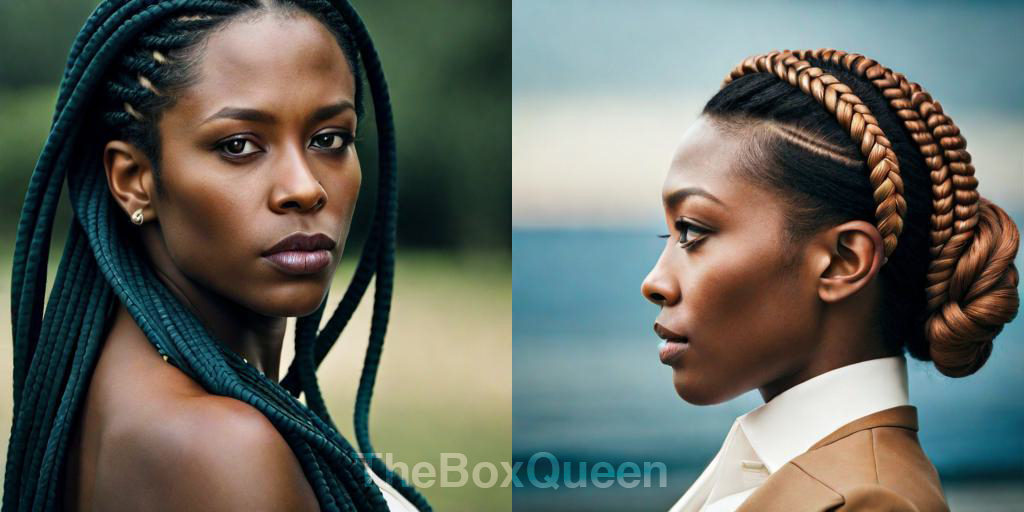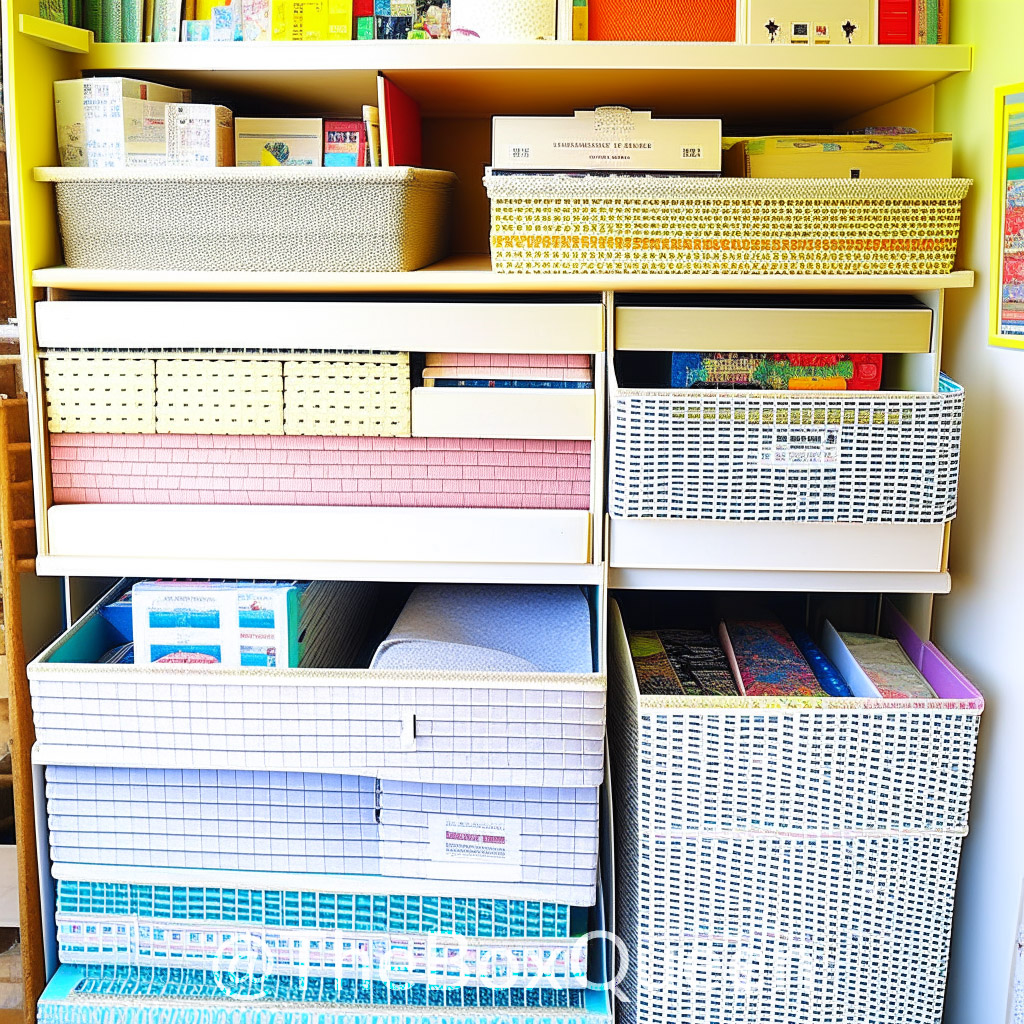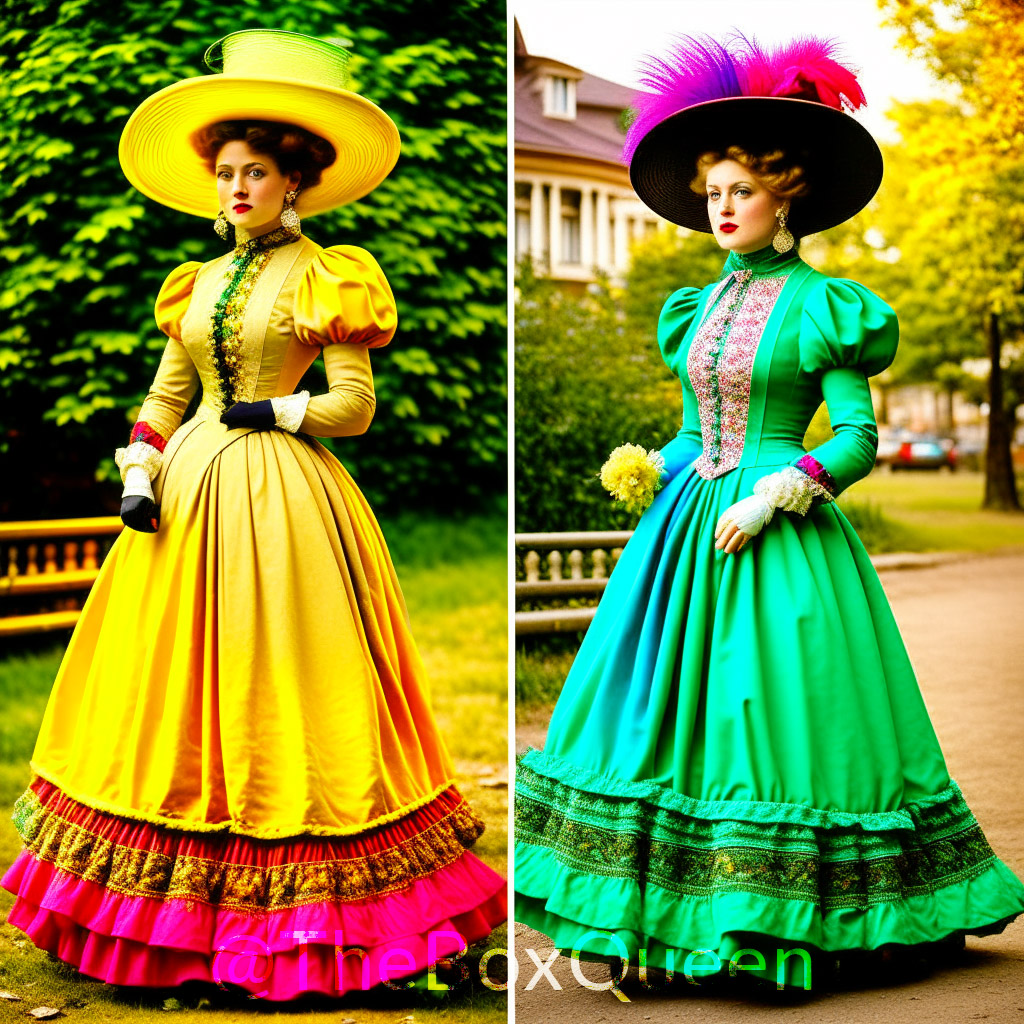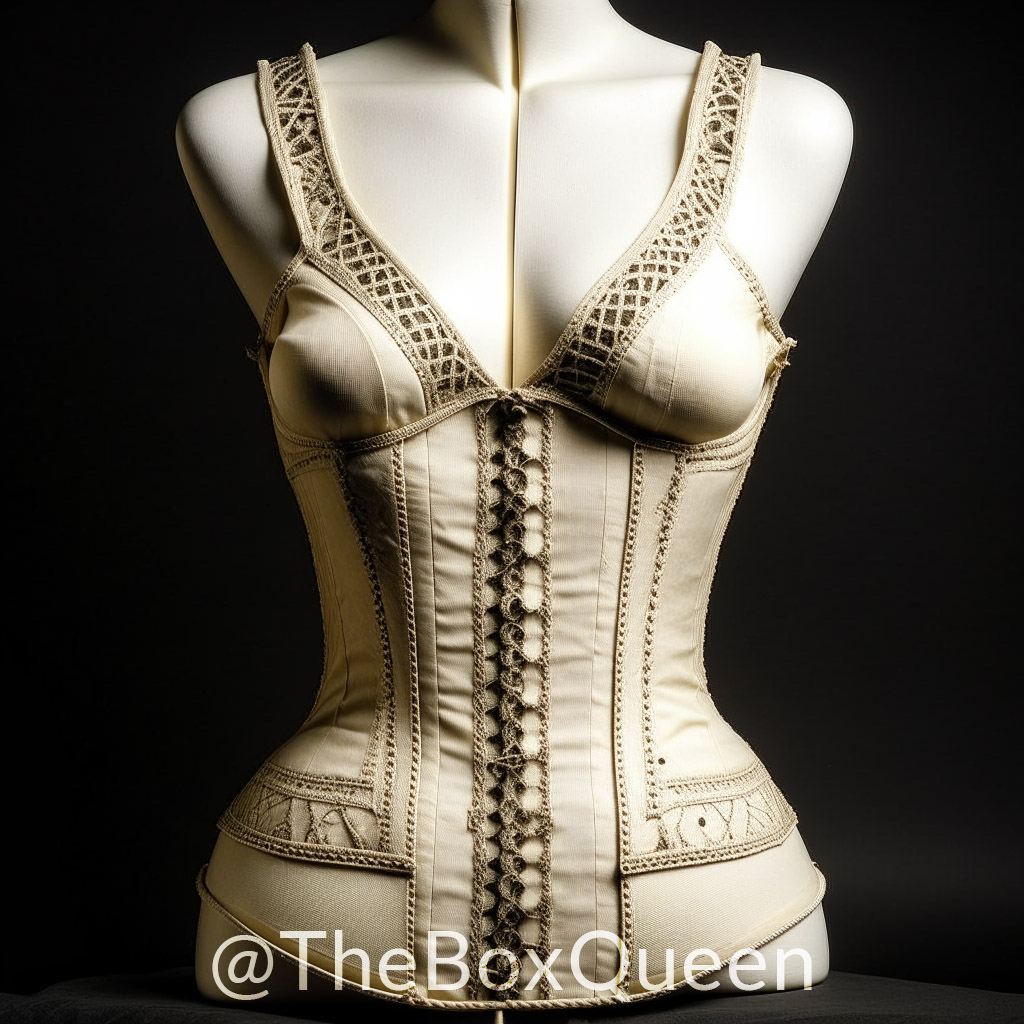1. The history and significance of stiff braids
The usage of stiff braids to display beauty, prestige, and identity has a lengthy history dating back thousands of years. Their importance goes beyond mere aesthetics, as they frequently act as a form of communication, with various patterns and styles conveying information about a person’s age, social standing, and tribal affiliation.
2. Cultural influences on stiff braids
The origins of stiff braids can be found in Africa, where numerous cultures have long used complex braiding methods. Since then, the fashion has moved to different civilizations while adjusting and developing. Today, stiff braids are a popular hairstyle all over the world thanks to their beauty and adaptability.
Understanding Stiff Braids
3. What are stiff braids?
Stiff braids are firmly braided hairstyles that keep their shape and tension through physical activity and exposure to the environment. They are appropriate for a range of hair textures, including straight, wavy, curly, and coily.
Definition and characteristics
Stiff braids stand out for their longevity, complexity, and stiffness. They are frequently made by combining natural hair with synthetic or human hair extensions, which gives the braids more length, thickness, and rigidity.
Types of hair suitable for stiff braids
The majority of hair types perform well with stiff braids, while various textures may call for some modifications. For instance, straight hair might require extra hold-the-braids-in-place treatments, whereas curly or coily hair might benefit from detangling and stretching procedures to make the surface of the braiding easier to work with.
4. Benefits of stiff braids
Stiff braids offer several advantages, including:
-
Protective hairstyles
By reducing the need for heat styling and manipulation, they protect the hair from environmental harm, lessen breakage, and encourage growth.
-
Low maintenance
Once installed, stiff braids require minimal upkeep, making them an ideal option for those with busy schedules or who prefer a low-maintenance hair care routine.
- Versatility
Stiff braids can be done in a variety of ways, ranging from straightforward updos to intricate patterns, enabling limitless creativity and self-expression.
Prepping Your Hair for Stiff Braids
5. Washing and conditioning
-
Importance of clean hair
Hair must be clean in order to braid precisely and durably. Hair that has accumulated dirt, oil, and product buildup may be slippery and difficult to hold, which leads to loose braids that lose their shape.
-
Selecting the right products
Pick a clarifying shampoo to give your hair and scalp a thorough cleaning. To restore moisture and facilitate detangling, use a moisturising conditioner after the shampoo. For greater slide and manageability, take into account utilising a leave-in conditioner or detangling spray.
6. Detangling and sectioning
- Tools and techniques
Working from the ends of your hair up to prevent breakage, carefully eliminate tangles with a wide-tooth comb or detangling brush. Being impatient and taking your time will help you avoid causing more harm than required.

Tips for minimizing breakage
Holding your hair at the root while detangling will help to reduce breakage and lessen stress on the scalp. If necessary, stretch and smooth your hair with a flat iron on low heat or a blow dryer with a comb attachment.
Techniques for Creating Stiff Braids
7. Braiding essentials
-
Tools and materials
A rat-tail comb for dividing and sectioning hair, a wide tooth comb or detangling brush, hair ties or clips to keep sections separated, and styling products like edge control or gel to hold the hair in place are all necessary for making stiff braids.
Basic braiding techniques
Learn the three-strand, Dutch, and French braids, as well as other fundamental braiding techniques. The more complex stiff braid styles will be built upon these fundamental methods.
8. Box braids
Step-by-step guide
- Using a rat-tail comb, divide the hair into small, even sections.
- For a sleek, smooth appearance, apply edge control or gel to the roots.
- Start braiding, dividing each portion into three strands, and finish with hair extensions if desired.
- For a stiff, secure outcome, braid tightly while maintaining tension.
- If using synthetic extensions, continue braiding until you reach the end of the hair, then tighten with a small elastic band or burn the end shut with a lighter.
Adapting the technique for stiff braids
Use a harder grip when braiding and add firmer hair extensions, such as kanekalon or marley hair, to produce stiffer box braids.
9. Cornrows
Step-by-step guide
- Using a rat-tail comb, divide the hair into sections in the desired cornrow pattern.
- For a finished look, apply edge control or gel to the roots.
- Divide a tiny portion of hair into three strands beginning at the hairline.
- As you work your way towards the nape of the neck, start braiding, if desired add hair extensions, and gradually add more hair from the region.
- For a stiff, secure outcome, braid tightly while maintaining tension.
- If using synthetic extensions, continue braiding until you reach the end of the hair, then tighten with a small elastic band or burn the end shut with a lighter.
Adapting the technique for stiff braids
For stiffer cornrows, use a stronger grip when braiding and incorporate hair extensions made of a firmer material, like kanekalon or marley hair.
10. Micro braids
Step-by-step guide
- Using a rat-tail comb, divide the hair into teeny, even sections.
- For a sleek, smooth appearance, apply edge control or gel to the roots.
- Start braiding, dividing each portion into three strands, and finish with hair extensions if desired.
For a stiff, secure outcome, braid tightly while maintaining tension. - If using synthetic extensions, continue braiding until you reach the end of the hair, then tighten with a small elastic band or burn the end shut with a lighter.
Adapting the technique for stiff braids
Use a harder grip when braiding and add firmer hair extensions, such as kanekalon or marley hair, to produce stiffer micro braids.
Stiff Braid Styles and Inspiration
11. Classic styles
-
Braided buns
Your stiff braids can be gathered into a high or low bun for a sophisticated, posh appearance. Add embellishments like hair cuffs or flowers for more flair, then secure the bun with hairpins or a hair tie.
-
Crown braids
By plaiting your hard braids around the perimeter of your head, you may turn them into a chic crown. To make the braid look seamless, pin the braid’s end in place or tuck it beneath the beginning.
12. Contemporary styles
-
Stitch braids
By plaiting your hard braids around the perimeter of your head, you may turn them into a chic crown. To make the braid look seamless, pin the braid’s end in place or tuck it beneath the beginning.
-
Zigzag cornrows
With braids that move in a zigzag pattern across the scalp, zigzag cornrows are a stylish, trendy alternative to straight cornrows. It might be preferable to solicit the assistance of a seasoned braider because this style calls both accuracy and experience.
13. Celebrity-inspired styles
-
Iconic looks and how to recreate them
On the red carpet and in everyday life, celebrities like Beyoncé, Rihanna, and Zoe Kravitz have all sported gorgeous stiff braid styles. Take inspiration from their legendary haircuts and attempt to duplicate their appearance by modifying the methods given above.
Stiff Braid Maintenance and Care
14. Nighttime routine
-
Protecting your braids while you sleep
Wear a satin bonnet or sleep on a satin pillowcase to keep your stiff braids looking fresh and preventing frizz. These substances aid in lowering friction while maintaining the smoothness and shape of the braids.
-
Using satin bonnets or pillowcases
Both online and in beauty supply stores, satin bonnets and pillowcases are widely accessible. Select one that is secure and comfortable to ensure that it stays in place all night.
15. Scalp care
-
Hydrating and soothing products
Your tight braids will look and feel their finest if your scalp is kept in good health. Apply a light, non-greasy oil or spray to your scalp to hydrate it and stop any dryness or itching.
-
Techniques for relieving tension
Try gently stroking your scalp to release stress if your stiff braids feel too tight or uncomfortable. Avoid tugging on the braids because this will make you more uncomfortable and harm your hair.
16. Refreshing your stiff braids
Tips for keeping braids looking fresh
Trim any flyaways or stray hairs with a small pair of scissors on a regular basis to maintain the greatest appearance for your stiff braids. You might want to use a hair gel or edge control product to smooth and tame your roots if they start to look unruly or tangled.
-
When to remove and redo braids
Depending on your hair type and maintenance regimen, stiff braids can last for several weeks or even months. To avoid matting, tangling, and breakage, it’s crucial to occasionally remove and redo them. When your scalp and hair start to indicate that they need a break, it’s time to take your braids out and give your hair some TLC.
Stiff Braid Extensions and Accessories
17. Hair extension types
-
Synthetic vs. natural hair extensions
For stiff braids, the two major forms of hair extensions are synthetic and natural. Natural extensions are manufactured from human hair, whereas synthetic extensions are made from synthetic materials like kanekalon or marley hair. While natural extensions more naturally resemble your own hair, synthetic extensions are typically more cost-effective and come in a wider variety of colours and textures.
-
Matching your hair texture
Look for extensions with a texture that closely resembles your natural hair when selecting them for your stiff braids. This will make it simpler to manage the braids and ensure a seamless, finished appearance.
18. Tips for incorporating extensions
-
Blending techniques
Choose extensions that closely resemble your natural hair in terms of colour and texture to begin blending them in. When braiding, gradually work the extensions into your natural hair to ensure a seamless and undetectable transition.
-
Proper attachment and care
Avoid exerting too much strain or pulling too firmly when securing extensions to your natural hair because these actions might cause breakage or traction alopecia. Use the same maintenance advice that was provided for your natural hair above to care for your extensions.
19. Braid accessories
Charms, bracelets, and beads Your stiff braids can benefit from the addition of braid accents like beads, cuffs, and charms for a distinctive, personalised look. These decorations let you show off your unique sense of style and originality because they come in a variety of colours, materials, and styles.
Personalizing your stiff braid look
Simply slide braid accessories onto individual braids or fasten them with a tiny elastic band to incorporate them into your hairstyle. A heavy or huge embellishment may put pressure on the body or cause discomfort, so pay attention to the weight and size of the accessories. Try with various pairings and positions to develop a style that embodies your aesthetic and personality.
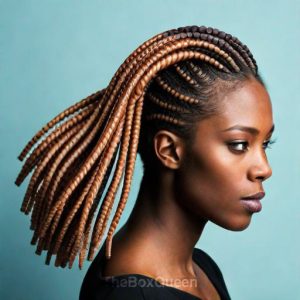
20. The versatility and appeal of stiff braids
For individuals looking for a low-maintenance, adaptable, and protective hairdo, stiff braids present a chic and useful option. Stiff braids offer limitless opportunities for creativity and self-expression with to the variety of techniques, looks, and accessories available.
21. Embracing creativity and individuality through stiff braids
By perfecting the stiff braid technique, you can show off your distinctive sense of style and personality while taking advantage of the many advantages that this time-honored hairstyle has to offer.
Additional Stiff Braid Variations
22. Fishtail braids
Step-by-step guide
- Create two evenly spaced pieces in your hair.
- Cross a brief piece of yarn from the inner edge of one part to the outer edge of the other.
- To achieve a stiff, secure outcome, repeat this technique while switching between parts and maintaining tension.
- If using synthetic extensions, continue braiding until you reach the end of the hair, then tighten with a small elastic band or burn the end shut with a lighter.
Adapting the technique for stiff braids
Use a harder grip when braiding and add tougher-material hair extensions to make fishtail braids stiffer,
like kanekalon or marley hair.
23. Goddess braids
Step-by-step guide
- Using a rat-tail comb, divide the hair into sections while adhering to the desired goddess braid pattern.
- For a finished look, apply edge control or gel to the roots.
- A portion should be divided into three strands beginning at the hairline.
- As you work your way towards the nape of the neck, start braiding, if desired add hair extensions, and gradually add more hair from the region.
- For a stiff, secure outcome, braid tightly while maintaining tension.
- If using synthetic extensions, continue braiding until you reach the end of the hair, then tighten with a small elastic band or burn the end shut with a lighter.
Adapting the technique for stiff braids
Use a harder grip when braiding and add hair extensions made of a firmer substance, such as kanekalon or marley hair, for stiffer goddess braids.
Stiff Braid Troubleshooting
24. Addressing common issues
-
Frizz and flyaways
Start with clean, moisturised hair to reduce frizz and flyaways, then add a smoothing product like edge control or gel to hold strands in place when braiding. To keep your appearance tidy, cut any loose hairs on a regular basis with tiny scissors.
-
Scalp discomfort and tension
If your stiff braids are uncomfortable or feel overly tight, try lightly massaging your scalp to release tension. Refrain from pulling on the braids as this may make the problem worse. In the future, braid with a looser grip or ask your stylist to braid less tightly.
25. Repairing damaged hair after stiff braids
-
Deep conditioning treatments
Treat your hair to a deep conditioning treatment after removing your stiff braids to replenish moisture and repair any damage. Try to find products with nourishing components like shea butter, coconut oil, or argan oil.
-
Protein treatments
After wearing tight braids, if your hair seems thin or damaged, you might want to use a protein treatment to help rebuild and strengthen the hair shaft. The majority of beauty supply stores and salons provide these procedures.
-
Giving your hair a break
Wear low-tension hairstyles, such as loose braids or twists, or just leave your hair alone to allow it to rest and recover in between stiff braid installations. Your hair will remain strong and healthy as a result, helping to prevent damage.
Stiff Braids and Hair Growth
26. How stiff braids can promote hair growth
-
Reducing manipulation and breakage
When placed and cared for properly, stiff braids can encourage hair development by minimising the need for frequent manipulation and shielding the hair from environmental harm and breaking.
-
Encouraging a healthy scalp
For hair to grow, the scalp must be in good condition. Cleansing, moisturising, and massaging the scalp on a regular basis can assist to establish the ideal environment for healthy hair.
Summary
The history and cultural significance of stiff braids, as well as the methods and fashions used to make them, are all covered in this thorough guide. For all hair types and textures, stiff braids can offer a versatile, protective, and low-maintenance solution with the right care and upkeep.
Frequently Asked Questions
- How long do stiff braids last? Depending on your hair type, your maintenance routine, and the particular braiding style utilised, stiff braids can last anywhere from a few weeks to a few months.
- Can I swim or exercise with stiff braids? Yes, it is possible to workout and swim while wearing stiff braids, but it’s crucial to completely rinse your hair afterwards to eliminate any chlorine, salt, or perspiration. To reduce tangling and friction, you can also think about donning a swim helmet or tying your braids up.
- How do I prevent stiff braids from causing damage to my hair? Avoid applying too much tension while adding extensions, keep your braids from being too tight, and maintain them properly with frequent detangling and moisturising.
- Are stiff braids suitable for all hair types and textures? Most hair types and textures can benefit from stiff braids, while certain modifications can be needed to account for various hair qualities. Curly or coily hair may benefit from detangling and stretching procedures to create a smoother braiding surface, while straight hair may need additional materials to hold the braids in place.
External Resources
- NaturallyCurly: A comprehensive resource for all things related to curly hair, including articles, tutorials, and product recommendations for various braid styles: https://www.naturallycurly.com/
- HairBraidingBasics: A step-by-step guide to mastering different braiding techniques and styles, including videos and written instructions: https://www.hairbraidingbasics.com/
- BlackHairInformation: An extensive collection of articles, tutorials, and tips specifically geared towards the care and styling of Black hair, including various types of braids: https://blackhairinformation.com/
- Braidsgang: An Instagram account showcasing a variety of stunning braid styles and offering inspiration for your next stiff braid look: https://www.instagram.com/braidsgang/
- Braids by Chinia: A YouTube channel dedicated to teaching various braiding techniques and styles, including tutorials for creating stiff braids: https://www.youtube.com/c/BraidsbyChinia/
- Allure: A popular beauty magazine with articles on the latest hair trends, including celebrity-inspired braid styles and expert tips for maintaining braids: https://www.allure.com/hair-ideas/braids
- The Braid Lounge: A blog featuring tips, tricks, and inspiration for braid enthusiasts, including tutorials and advice on maintaining stiff braids: http://www.thebraidlounge.com/
- The Science of Black Hair: A book by Audrey Davis-Sivasothy that covers the science and care of Black hair, including tips for maintaining protective styles like stiff braids: https://www.amazon.com/Science-Black-Hair-Comprehensive-Textured/dp/0984518428
- African Hair Braiding Techniques: An online course teaching the art of African hair braiding, including various techniques and styles suitable for creating stiff braids: https://www.udemy.com/course/african-hair-braiding/
- Hairfinder: A website featuring a variety of articles and tutorials on hair care, styling, and trends, including tips for creating and maintaining braided hairstyles: https://www.hairfinder.com/
